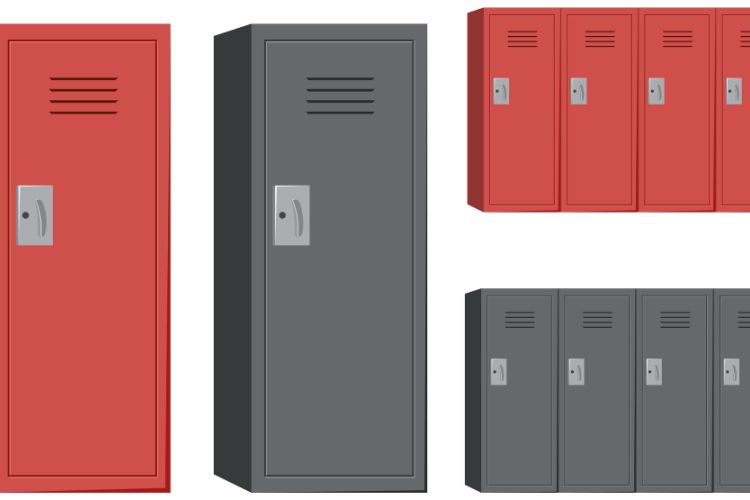Ever wondered if your workplace’s safety setup is truly foolproof? Handling and storing flammable materials isn’t something to take lightly. One small mistake can lead to a big disaster. A flammable storage cabinet is a vital line of defense—but only when used correctly. Let’s explore ten expert-approved safety tips to ensure you’re doing it right.
1. Understand the Purpose, Not Just the Product
Flammable cabinets aren’t just fancy metal boxes—they’re engineered to protect your facility, employees, and assets from fire hazards. According to the U.S. Occupational Safety and Health Administration (OSHA), improper storage of flammable liquids is a leading cause of workplace fires (OSHA.gov). Understanding what these cabinets are designed to do—control internal temperatures and contain spills—is the first step in using them effectively.
2. Store Only Compatible Materials
Not all chemicals get along. Mixing incompatible substances in a single cabinet can trigger dangerous reactions. For instance, acids should never be stored with bases, and oxidizers must stay separate from solvents. Always check the Material Safety Data Sheet (MSDS) for each chemical before storage.
3. Keep It Below Capacity Limits
Overloading the cabinet defeats its purpose. Manufacturers specify a maximum storage limit—often 60 gallons for Class I and II liquids. Exceeding this can reduce fire resistance. Think of it like an overloaded lifeboat: it won’t perform when you need it most.
4. Label Everything Clearly
Every container inside your cabinet should be properly labeled with its chemical name, hazard classification, and handling instructions. This simple step ensures that even in an emergency, responders and workers can act quickly and safely.
5. Keep Doors Closed and Latched
It’s tempting to leave the cabinet open for “just a minute,” but that minute can be costly. The self-closing feature found in modern designs exists for a reason. Always make sure your cabinet’s doors are closed, latched, and in good condition to maintain its fire protection rating.
6. Ground the Cabinet Properly
Static electricity is a silent danger when handling flammable vapors. Grounding your cabinet prevents static discharge that could ignite those vapors. It’s a simple step—just connect a grounding wire from the cabinet to a verified ground point, as recommended by the National Fire Protection Association (NFPA.org).
7. Keep Ventilation Optional—but Safe
Many professionals assume all flammable safety cabinet units should be vented. Not necessarily. OSHA suggests that flammable cabinets do not need ventilation unless required by local regulations. If vented, use proper fire arrestors to maintain the cabinet’s integrity.
8. Inspect and Maintain Regularly
Even the toughest cabinets wear down over time. Set a monthly inspection schedule. Look for signs of corrosion, damaged seals, or leaks. A quick five-minute check can prevent thousands in potential damages later on.
9. Train Employees Thoroughly
All safety measures crumble without proper training. Ensure your team understands how to identify flammable liquids, use storage equipment safely, and respond to emergencies. According to a National Safety Council report, 90% of industrial accidents are preventable with proper training (NSC.org).
10. Know When to Upgrade or Replace
If your cabinet shows signs of rust, misalignment, or fire damage, it’s time to replace it. Consider reviewing this helpful guide: How Should You Choose a Flammable Safety Cabinet? to make an informed decision about your next purchase.
Bonus Tips for Better Storage Practices
- Store heavier containers on lower shelves to prevent tipping hazards.
- Leave at least 18 inches of clearance from sprinklers or ceiling structures.
- Use absorbent pads or spill trays to catch accidental leaks.
Frequently Asked Questions (FAQ)
1. How often should I inspect my flammable storage cabinet?
Perform visual inspections monthly and a comprehensive check every six months. Look for corrosion, faulty hinges, or damaged seals.
2. Can I store other materials, like cleaning products, inside the cabinet?
Only if they are compatible. Always refer to the product’s safety data sheet before mixing substances in one cabinet.
3. Do flammable cabinets need to be ventilated?
Not necessarily. Ventilation is optional unless mandated by local fire codes. If venting, ensure fire baffles or flame arrestors are installed.
4. What’s the lifespan of a flammable safety cabinet?
With regular maintenance, high-quality cabinets can last 10–20 years. However, exposure to corrosion or physical damage shortens their service life.
Final Thoughts
Using a flammable cabinet correctly isn’t just about compliance—it’s about creating a culture of safety. Every procedure, label, and lock matters when dealing with volatile substances. By applying these ten tips, you’re not only protecting your facility but also ensuring peace of mind for everyone on site. After all, prevention is always better than firefighting.





